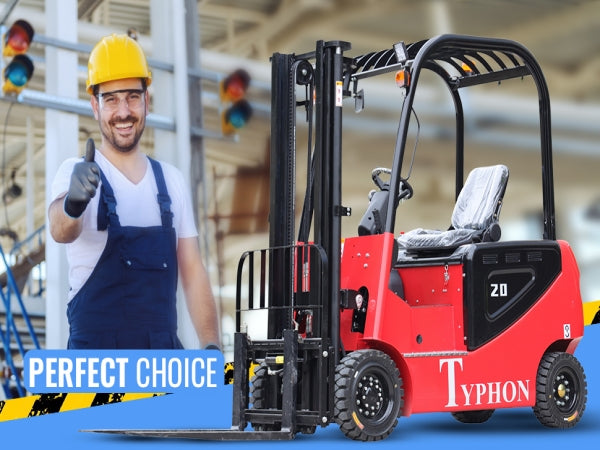Forklifts Demystified: Types, Capacities, and Safety Practices in Material Handling
Forklifts, those workhorses of the industrial world, play a vital role in material handling across various sectors. To truly understand their significance, one must delve into the intricacies of their types, capacities, and safety practices.Firstly, let's dissect the diverse array of forklifts available. Among them are the ubiquitous counterbalance forklifts, adept at maneuvering within confined spaces and balancing heavy loads with their counterweight mechanism. Then there are the reach forklifts, designed to extend their forks horizontally to access higher shelves in warehouses, maximizing vertical storage space. Finally, we have rough terrain forklifts and rugged beasts engineered to navigate uneven surfaces, making them indispensable in construction and outdoor settings.
While the types of forklifts may vary, their load capacities remain a crucial consideration. Understanding the weight limits of each forklift model ensures not only efficient operation but also mitigates the risk of accidents. Additionally, adherence to stringent safety guidelines is paramount to safeguarding both personnel and property. From proper load distribution to maintaining adequate visibility, adhering to safety protocols is non-negotiable in the realm of forklift operations.
Yet, perhaps the linchpin of forklift safety lies in the proficiency of its operators. Thorough training and certification programs equip individuals with the skills necessary to operate these machines safely and efficiently. From understanding the nuances of maneuvering to troubleshooting common issues, comprehensive training fosters a culture of responsibility and competence among forklift operators.
As technology advances, so too does the landscape of forklift operations. The advent of automation heralds a new era of efficiency and precision, with autonomous forklifts streamlining workflows and minimizing human error. Moreover, the shift towards electric-powered forklifts not only reduces emissions but also enhances sustainability, aligning with evolving environmental standards.
In conclusion, forklifts epitomize the marriage of innovation and practicality in the realm of material handling. By understanding the nuances of their types, capacities, and safety practices, we can harness their full potential while mitigating risks. Moreover, embracing emerging trends in forklift technology ensures that we remain at the forefront of efficiency and sustainability in the ever-evolving landscape of industrial operations.

